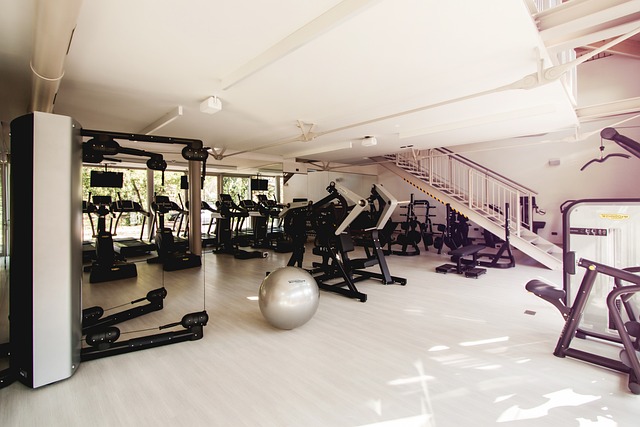Creating a home gymnastics setup can be a bit challenging when space is limited, but with a little creativity and smart planning, even the smallest area can be transformed into a functional training zone. Whether you live in an apartment or just have a cozy corner available, it’s entirely possible to set up a gymnastics space that allows you to practice and improve your skills. Here’s how to make the most out of your training area, no matter how small it might be.
Choosing Compact and Versatile Equipment
The key to maximizing a small space is selecting gymnastics equipment that’s both compact and versatile. Instead of large, bulky pieces, focus on items that can serve multiple purposes or that can be easily stored when not in use. For example, foldable mats are a great option because they provide the necessary cushioning for various exercises but can be tucked away after practice. These mats can be unfolded for floor exercises and then folded up and stored under a bed or in a closet, freeing up space in an instant.
Another excellent piece of equipment for small spaces is a portable balance beam. These beams often come in shorter lengths and can be placed directly on the floor. Some are even foldable or collapsible, making them easy to store. This allows you to practice balance and precision without taking up too much room. The portability of such equipment means you can easily bring it out when needed and quickly store it away, ensuring that your living space isn’t permanently taken over by your gymnastics setup.
Optimizing the Layout of Your Space
Efficient use of space is all about smart layout planning. Take a close look at the area you have available and think about how you can arrange it to maximize your training potential. Start by designating a specific spot in your home where you can consistently practice. This might be a section of your living room, a spare bedroom, or even a hallway.
In small spaces, it’s essential to keep the area clear and organized. Avoid clutter, as it can make the space feel more cramped and limit your movement. Consider using wall-mounted racks or hooks to store your equipment, such as hanging your mat or bands when they’re not in use. This keeps the floor space open and ready for action whenever you’re in the mood to train.
If you’re sharing the space with other activities, like a home office or a play area, using furniture that can be easily moved or folded away will help. For instance, a fold-up desk or a chair that can be tucked into a corner can free up extra space for your gymnastics practice. The idea is to make the area as adaptable as possible, allowing you to switch between daily activities and training with minimal hassle.
Using Technology to Enhance Training
In today’s digital age, technology can be a valuable tool for gymnastics training, especially when space is limited. Online tutorials, virtual coaching sessions, and workout apps can provide guidance and structure to your practice without requiring additional space. You can set up a tablet or laptop in your training area to follow along with exercises, receive feedback from a coach, or track your progress.
Creating a functional and effective home gymnastics space doesn’t require a lot of room—it just takes some smart planning and the right approach. By choosing versatile home gymnastics equipment, optimizing your space’s layout, and incorporating exercises that don’t demand much space, you can develop a training area that supports your gymnastics goals. Remember, it’s not about the size of the space, but how you use it. With the right setup, even the smallest area can become a powerful training zone that helps you progress in your gymnastics journey.
